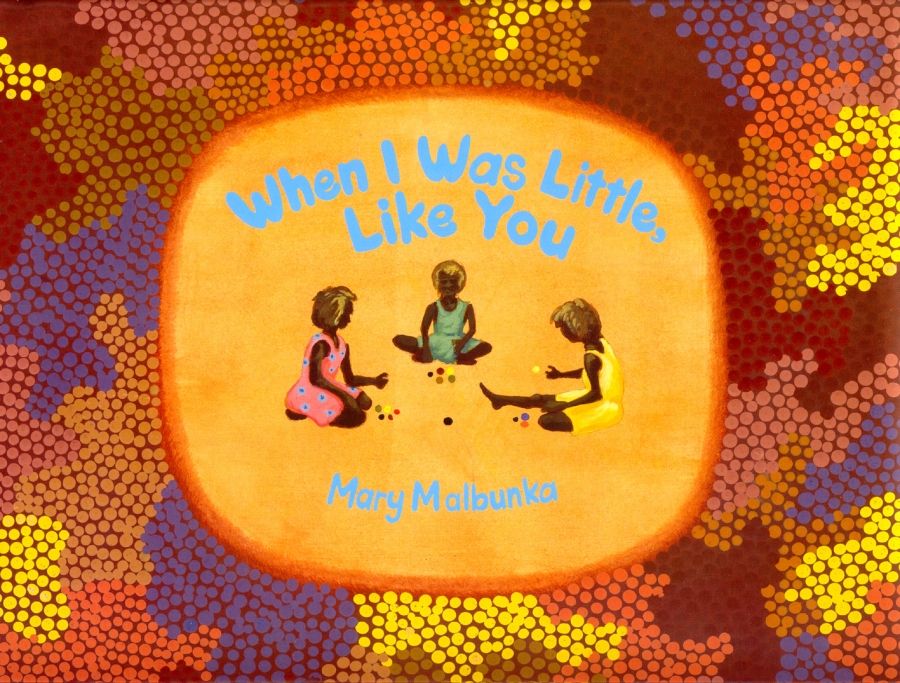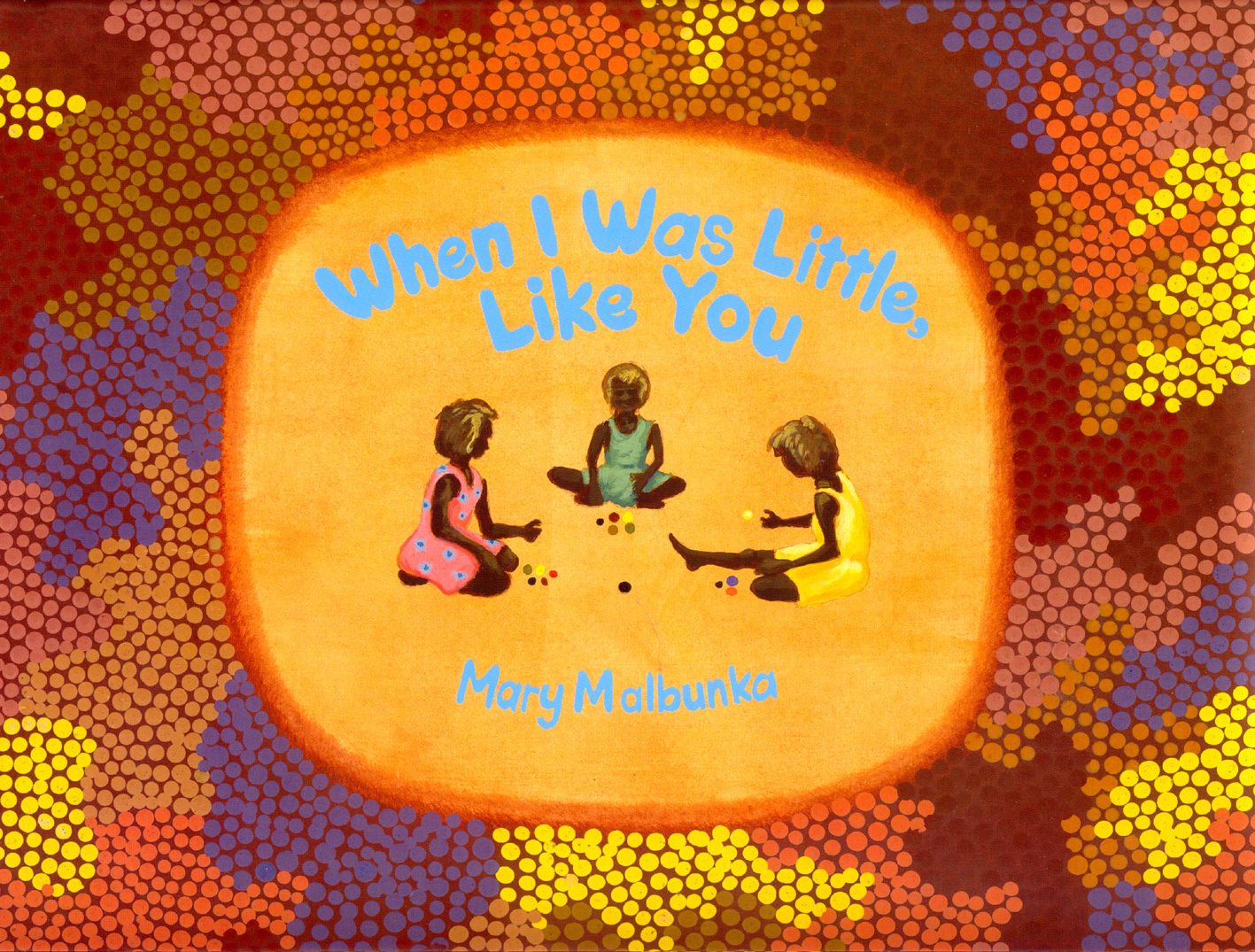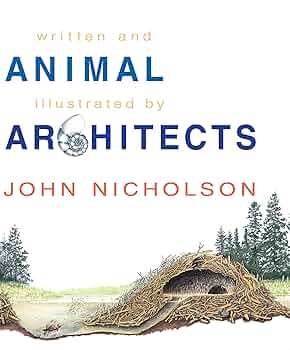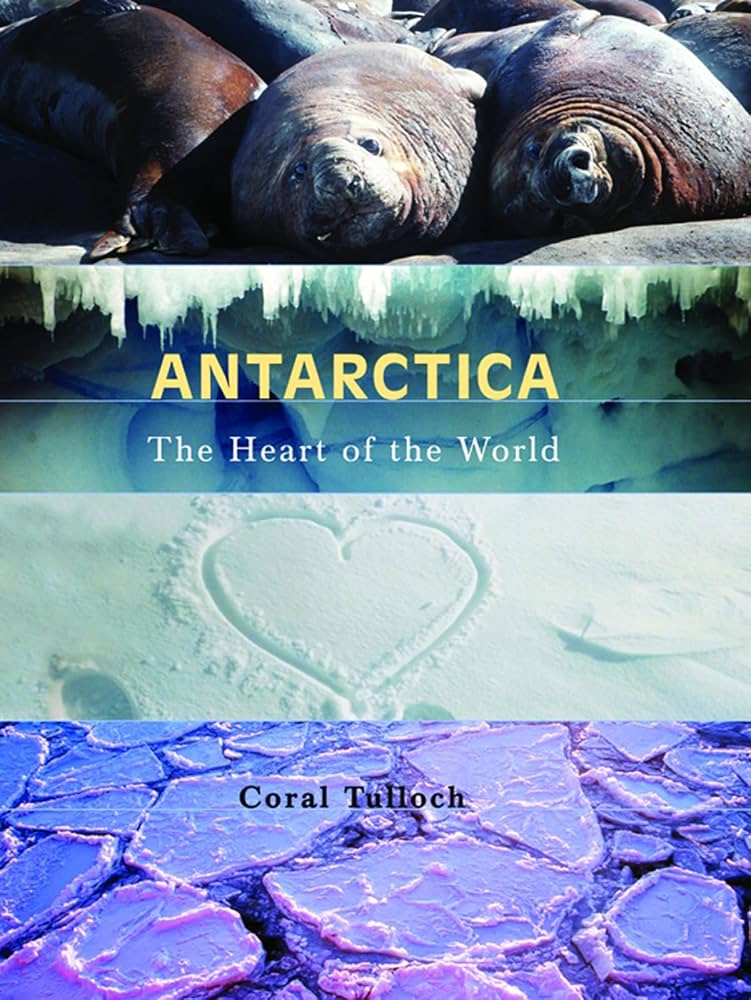
- Free Article: No
- Contents Category: Children's Non-Fiction
- Custom Article Title: Margaret Robson Kett reviews Four Young Adult Non-Fiction Books
- Review Article: Yes
- Article Title: Going Exploring
- Online Only: No
- Custom Highlight Text:
Exploration of the unknown is a universally captivating subject, and young people are not immune to its appeal. Most of their experience of other lands, peoples and times must necessarily be vicarious. These books attempt to reach this audience.
- Book 1 Title: When I Was Little, Like You
- Book 1 Biblio: Allen & Unwin, $29.95 hb, 32 pp
- Book 1 Cover Small (400 x 600):

- Book 1 Cover (800 x 1200):

- Book 2 Title: Animal Architects
- Book 2 Biblio: Allen & Unwin, $24.95 hb, 32 pp
- Book 2 Cover Small (400 x 600):

- Book 2 Cover (800 x 1200):

- Book 3 Title: Antarctica
- Book 3 Biblio: ABC Books, $26.95 hb, 46 pp
- Book 3 Cover Small (400 x 600):

- Book 3 Cover (800 x 1200):

Part ship’s log, part business plan, the book includes postings from contributors to the webpage, quotes from influential mentors and much about dreams. ‘Never Lose Faith in the Dream’, ‘Dreams before Profit’ and ‘Fuelling the Dream’ are among the chapter subheadings.
The book’s design aids the text’s messages by using bold print, faux woodblock printing, italics and text set into orange boxes. It will appeal to young explorers of all ages, and may help them turn their dreams into reality or at least give them a glimpse of the hard world of finding yourself in a confined space with people who not only don’t share your vision, but who have their own (conflicting) dreams. Jesse’s voyage continues: I look forward to hearing more of his stories as he grows up.
When I Was Little, Like You is told and illustrated by Mary Malbunka, a ‘key member of the team of staff and students who produced Papunya School of Country and History’. This book continues the excellent design and layout standards of the latter. Using both traditional Western Desert art and naïve paintings, Malbunka, born in 1959, tells the story of her childhood at Papunya. She relates the universal events of childhood: listening to relatives, adventurous excursions and eating. The contrast between her two graphic styles as an artist emphasise the duality of a traditional life lived in a government settlement. Throughout, the tone is nostalgic and informative without preaching. Children will be fascinated with Malbunka’s decision not to follow her parents but to ‘sit down here’ within an extended family. This may seem like a book for younger children (and the title certainly implies that), but the bilingual storytelling and the sharing of the culture can be better appreciated by older kids who will be able to make full use of the vocabulary and pronunciation guides, appended with notes on Aboriginal language.
There are very few non-fiction titles I would buy unopened, but anything by John Nicholson is an automatic purchase. He makes a regular appearance on the Children’s Book Council Book of the Year shortlist, most recently for The Mighty Murray (2002). Nicholson always conveys his fascination for a subject, and Animal Architects flows as a satisfying whole. The narrative is readable, the design superb as the reader’s eye is drawn from informative bold text to captions alongside simple colourful drawings. The chapter headings suggest the crafts undertaken by the animals discussed: Nomads, Diggers, Weavers, Carpenters and Bricklayers. ‘Bricklayers’ includes termites, bees, wasps and albatrosses, and explores the variety of their activities. Nicholson has also included animals who are literally bodybuilders: turtles and shellfish. There is no cramming of facts into this volume, although the inclusion of a bibliography, glossary and index attest to its intended informative use. A delight.
Antarctica is a comprehensive look at the ‘only continent where all nations have worked together to create agreed environmental standards’. Coral Tulloch has produced a com-prehensive examination of the history, biology, science and future of the seventh continent on earth. She travelled to Antarctica on a resupply voyage for ANARE (Australian National Antarctic Research Expedition) and wants this book to be ‘the beginning of your Antarctic journey’. The text is readable, and gives a good overview of all the aspects Tulloch has chosen to cover. Designed as an information book to support the curriculum, it has guides to further research as well as an index, bibliography and glossary. The illustrations are a mixture of photographs and sketches. The author’s full colour drawings are cartographic and evoke the bygone age of exploration. The back endpaper is a wonder, with Neptune gazing benignly at a detailed map of the continent, while sea creatures caper at the corners. Unfortunately, the photographs are not of the same quality. With the exception of those that show animal and plant life, including a superb group demonstrating stages of ice formation, they are too small to display the detail needed for illustrative purposes, and several are superfluous. The vignettes on people who choose to live and work in this remote location are fascinating, and include a chef and electrician, as well as a doctor and physicist. It is obvious that Tulloch has been bitten by the polar bug, and she includes information that kids will love to read: descriptions of snotsicles, lists of food supplies (including Tim Tams and blackcurrant cordial) and details on the unique stamps that each station has for its mail. Overall, the book has a strong environmental message, which the author keeps returning to throughout the text. This book will be welcomed by the next generation of explorers.


Comments powered by CComment